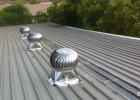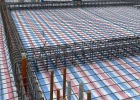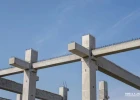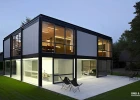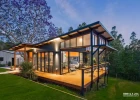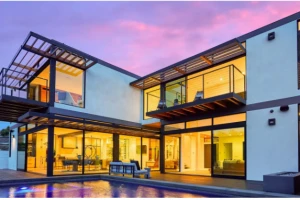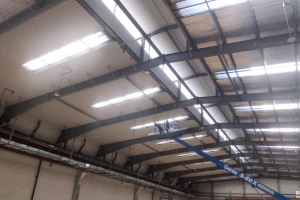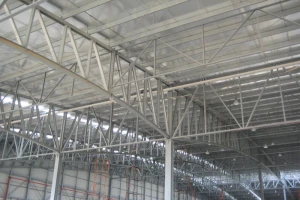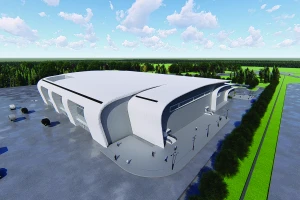How to build a high-quality textile and garment factory
Along with the development of the world fashion industry, the number of textile manufacturers has increased dramatically to serve the needs of the material. Therefore, the issues related to the textile industry have been particularly concerned recently. As a result, the number of garment factories also increases parallelly. In this article, BMB Steel will provide you with detailed information related to garment and textile factory construction.
1. Critical criteria in building a textile factory
In textile and garment factory construction, it is indispensable for you to grasp the features of the design process. Recognizing the importance of this issue, there are 3 typical factors that we recapitulate as follows:
- The first factor is the harmony of the garment factory’ layout, technology, the project expansion plan and other design issues. These things must be compatible with each other to ensure that when the project is completed, if there are any problems, there will be no need to demolish any parts of the garment factory.
- Another factor is the professional qualifications of the construction contractors. Specifically, they are not only required to have knowledge but also have the ability to understand materials theoretically and practically in order to make appropriate product choices. Hence, it helps to speed up the construction progress as well as the design of the factory to be suitable for future textile activities.
- Finally, in the planning process, you need to come up with many different ideas and diagrams. This is a fundamental step to help you evaluate which is the most suitable choice for the purpose of the business. Additionally, you also need to calculate the appropriate and detailed expenses to avoid unnecessary waste in the construction process.
2. The process of designing a textile and garment factory
In addition to the above fundamental criteria of textile factory building, the design process is also a process you need to pay attention to. Here are the steps in the construction process that you can refer to.
Step 1: In the first stage, you need to receive the information and requirements from the business. Specifically, information is often related to design requirements such as the number of rooms, or the basic layout of the building.
Next, you need to conduct a topographic survey to fully understand the construction site and the surrounding terrain. The support of industry experts will help you come up with the right choice for your goals. After having a specific understanding of the project, you can proceed to the design plan.
Step 2: In this step, professional architects will demonstrate drawings or diagrams of the garment factory. Specifically, the drawings will include other factors such as the master plan, factory structure, electricity and water, and other details of the garment factory.
After the architects complete the drawings, they will be handed over to the client. At this time, the client will check and consider if the drawing is in accordance with the requirements or not.
Step 3: After all the preparations from the topographical survey to the planning, drawing up ideas, etc are completed, this is when the project is officially built. It is obligatory for you to check and observe the construction process. This will help you detect errors early and fix them immediately.
Step 4: After the project is completed, you need to directly conduct the acceptance of the construction work before putting it into operation. Simultaneously, you can provide a warranty for the project.
3. Significant textile factory construction requirements
The construction of a textile and garment factory will have certain requirements. You need to grasp them so that your project after completion is perfect.
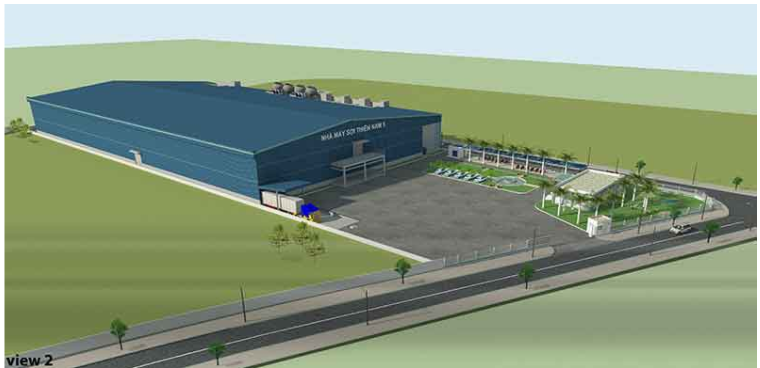
3.1 Foundation
Particularly, in textile factories, the foundation is often an isolated footing, a pile foundation or a surrounding bracing system. This supports the transfer of loads vertically from high places to solid ground.
Depending on the purposes, each factory has different requirements for the thickness of the concrete foundation. However, the thickness is normally in the range of 150-200 mm. In addition, during construction, the foundation needs to be compacted.
3.2 Truss frames and purlins in the factory construction
The columns and trusses need to be designed optimally and in accordance with the requirements of the building. In fact, textile factories are made from composite steel structures to weld into I-shaped structures for construction.
3.3 Industrial factory roof sheets
In factory design, especially textile and garment factories, people often use lightweight roofing sheets. This helps to reduce the load on the building's frame structure. Therefore, a roofing sheet combined with insulation is a suitable choice for you.
4. Fundamental requirements for industrial garment factory design
Like other industrial buildings, designing textile factories also has mandatory requirements. Those requirements will be mentioned shortly below, let's find out together.
4.1 Reasonable and proper functional diagram
This is considered a prerequisite factor in every design of a textile factory. A reasonable function diagram will support the investment owner in the future operation. Specifically, this factor will support the production process in the right order and create higher work productivity.
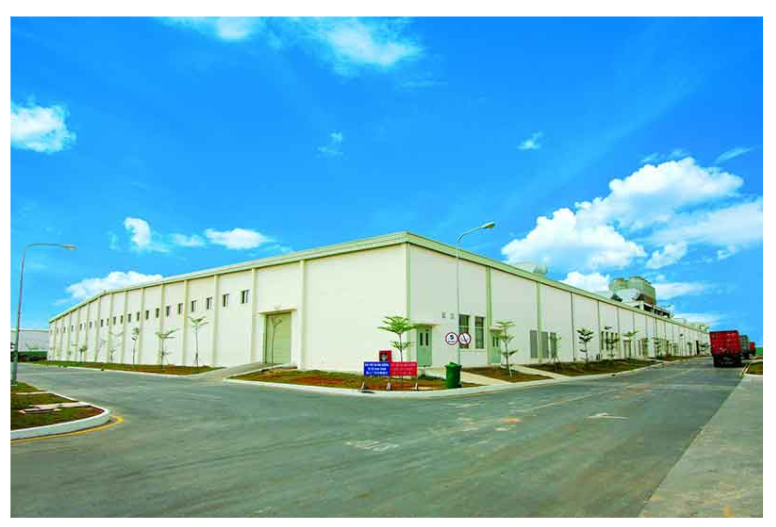
4.2 Ensuring an optimal economic - technical solution
In any industrial construction design, safety and structural stability are paramount. In addition, the technical factors or construction methods of the factory should be calculated in detail in the drawings. Therefore, you need to pay special attention to choosing the highest quality materials.
4.3 A textile factory project needs to include aesthetic factors
In addition to the technical requirements, the aesthetic ones also need to be concerned by contractors. In particular, the diagram of warehouses for gathering materials or production should be taken into consideration.
The materials’ harmony and compatibility with the factory operation are highly appreciated in construction. A fresh, green and clean working environment helps employees to have more motivation and spirit to work.
The article above is all the information related to the requirements when building a textile and garment factory. We hope that the mentioned information has helped you gain useful knowledge. Hopefully, you soon own a textile factory with the design you want.









